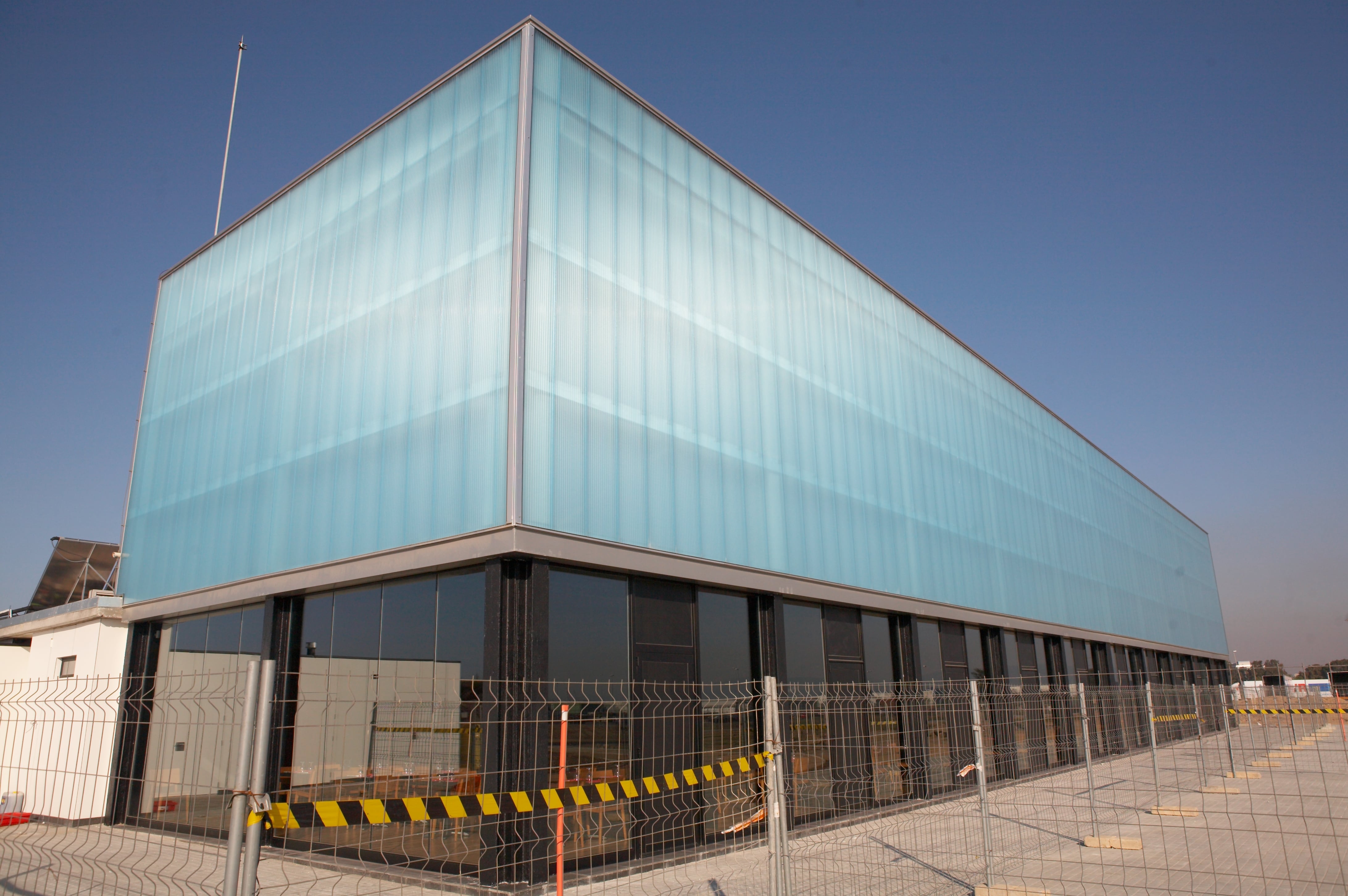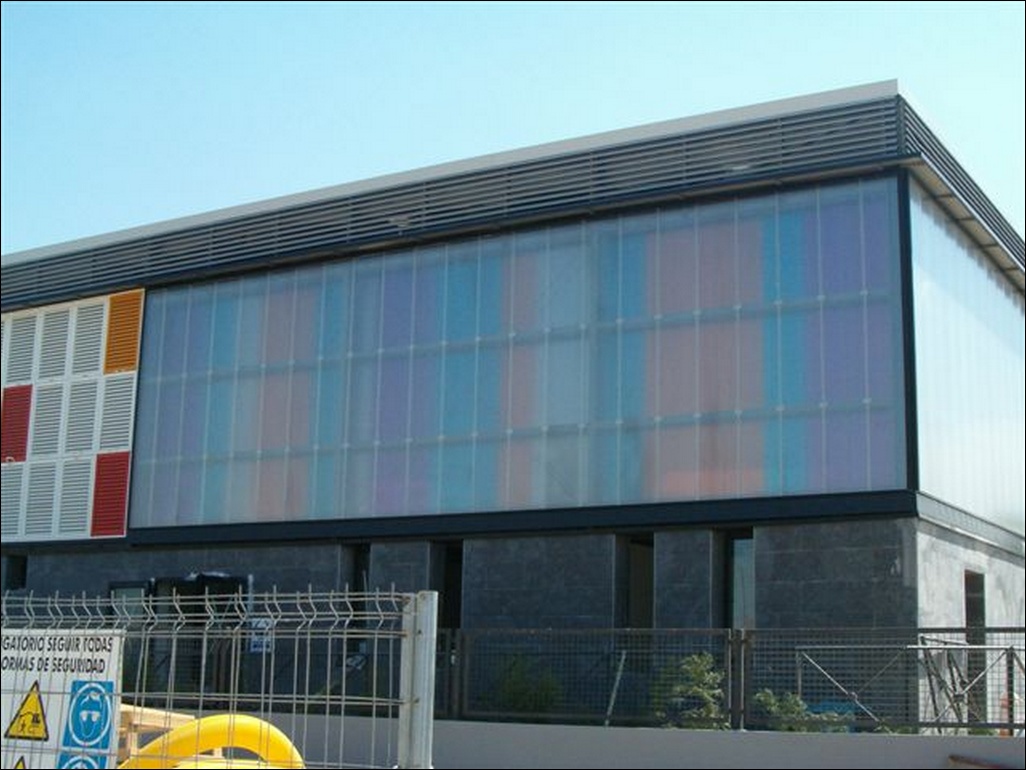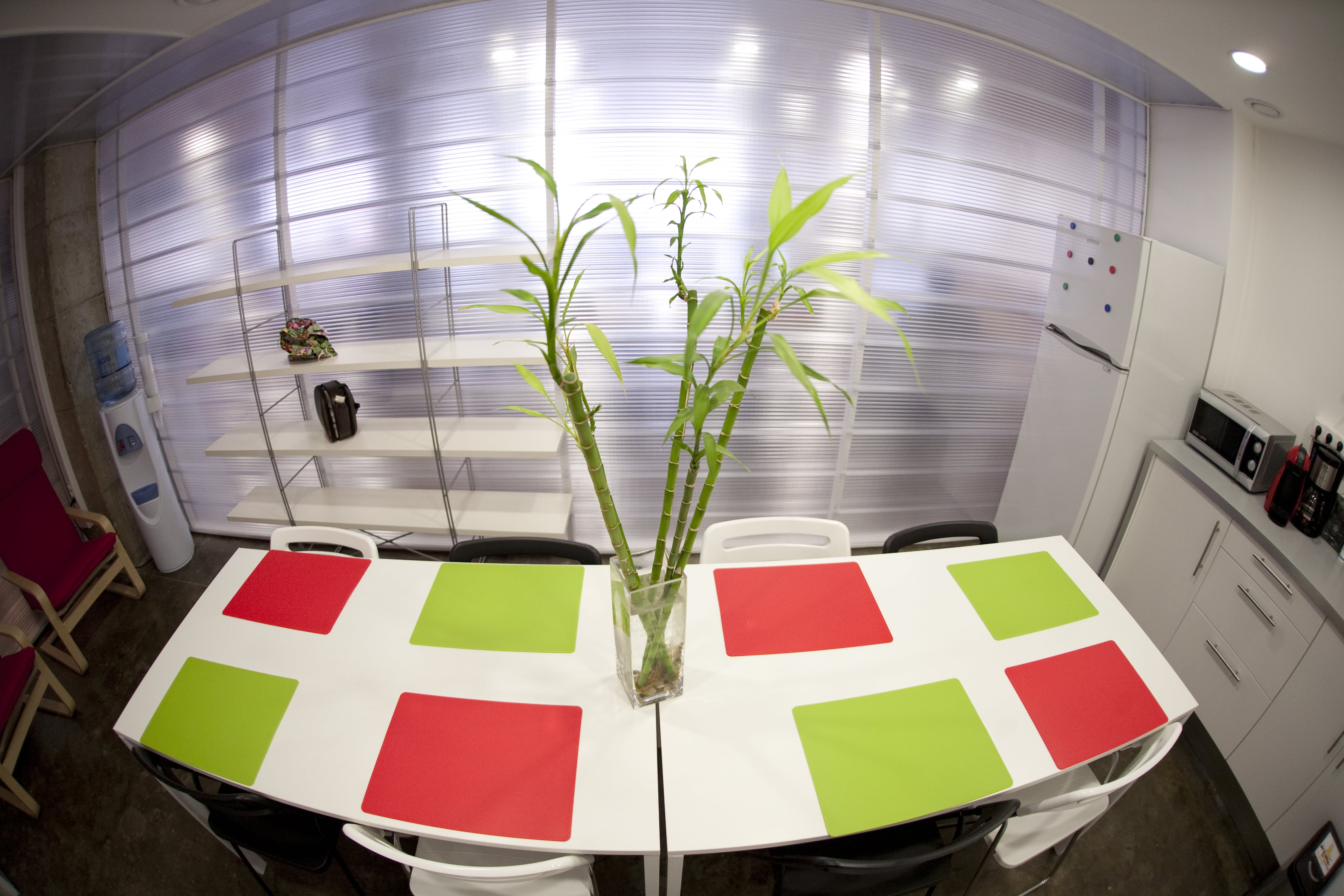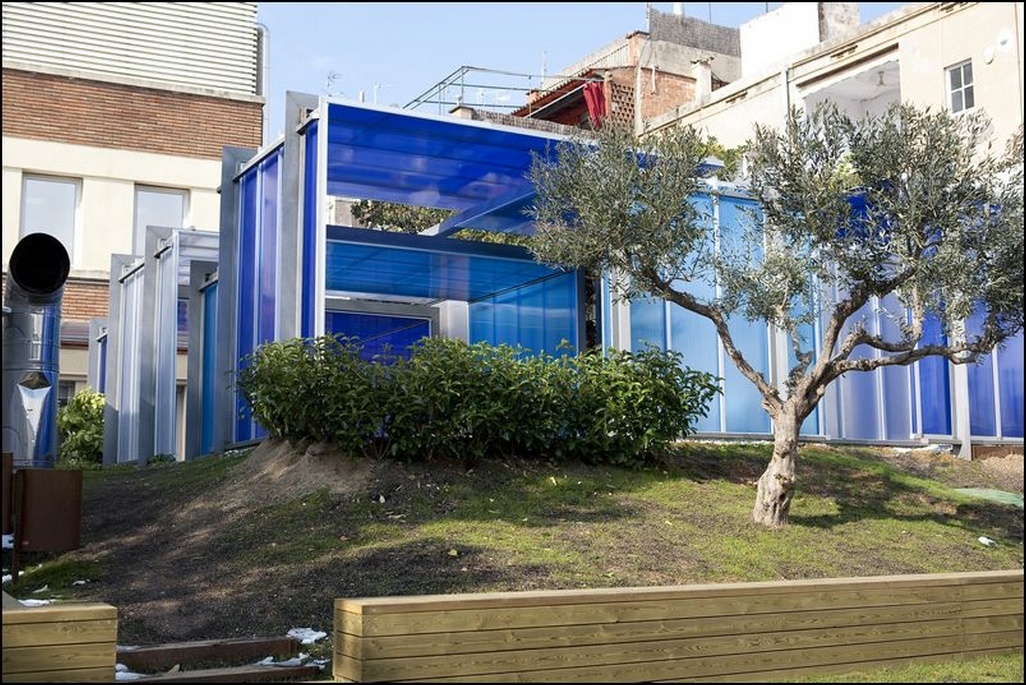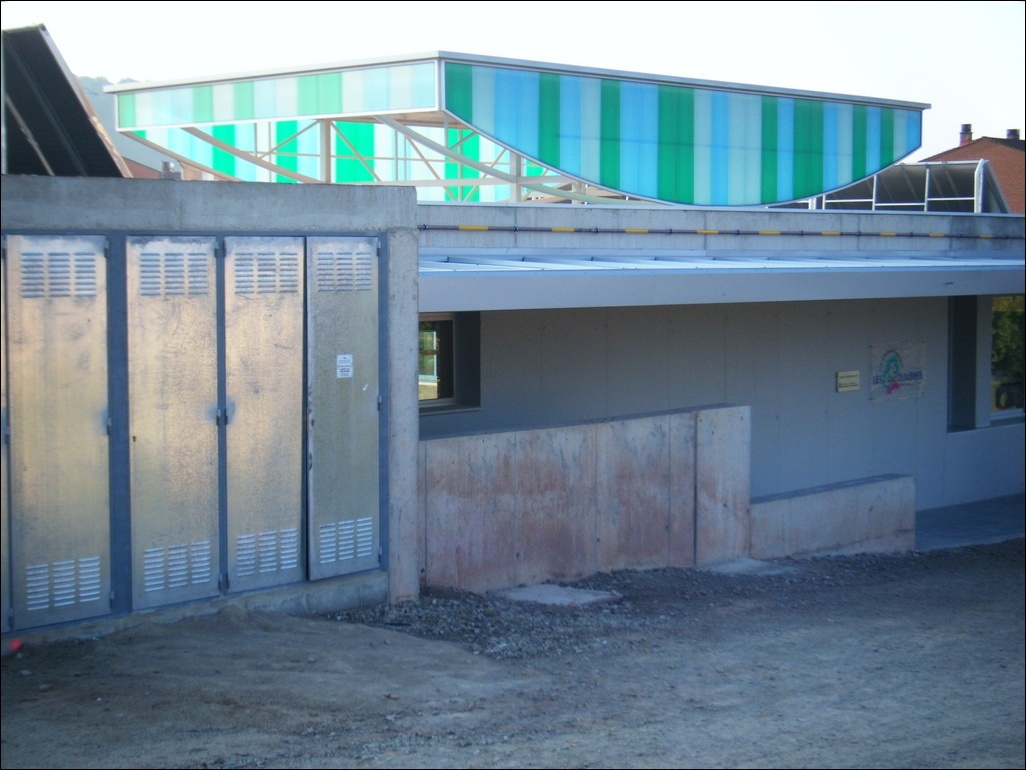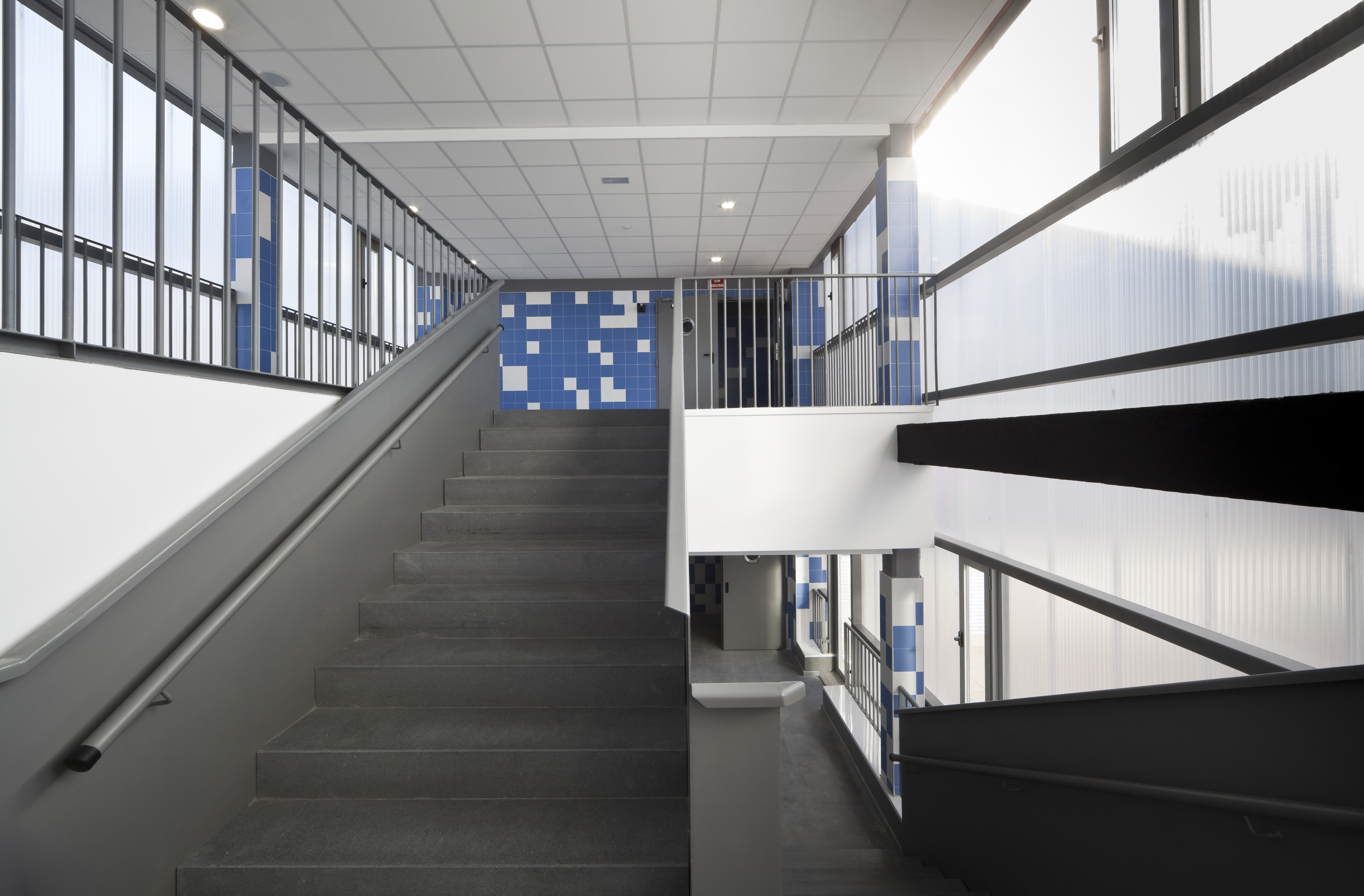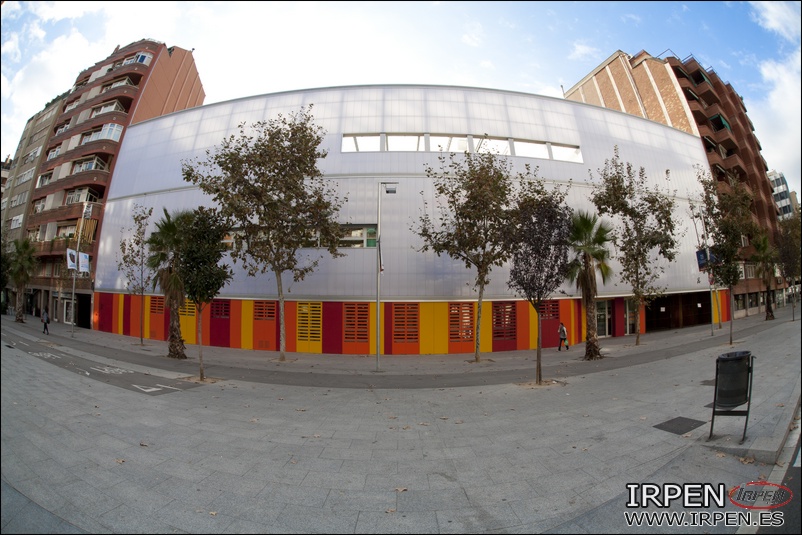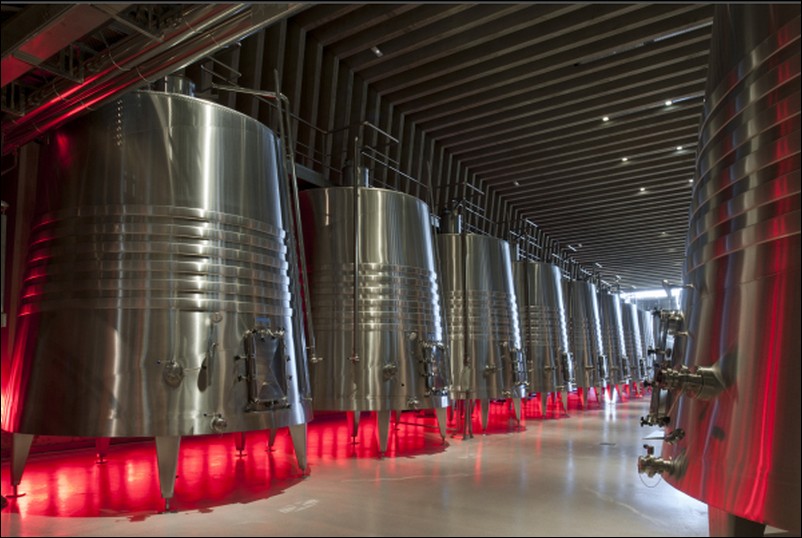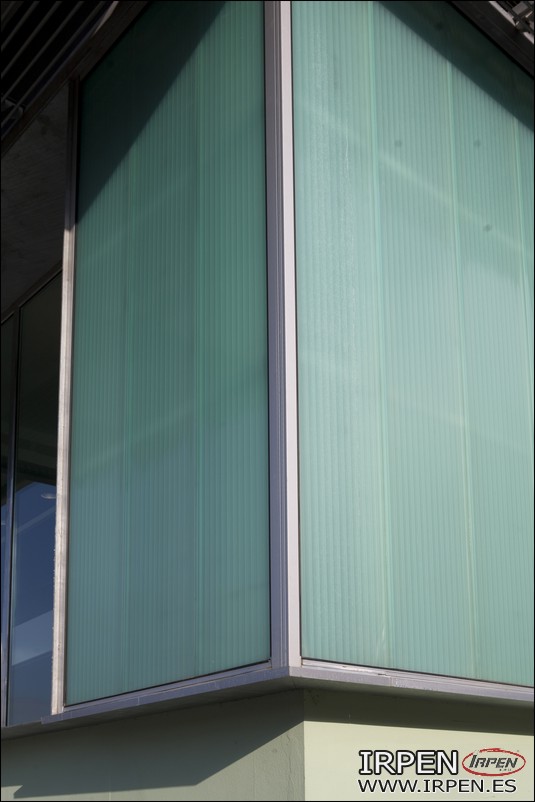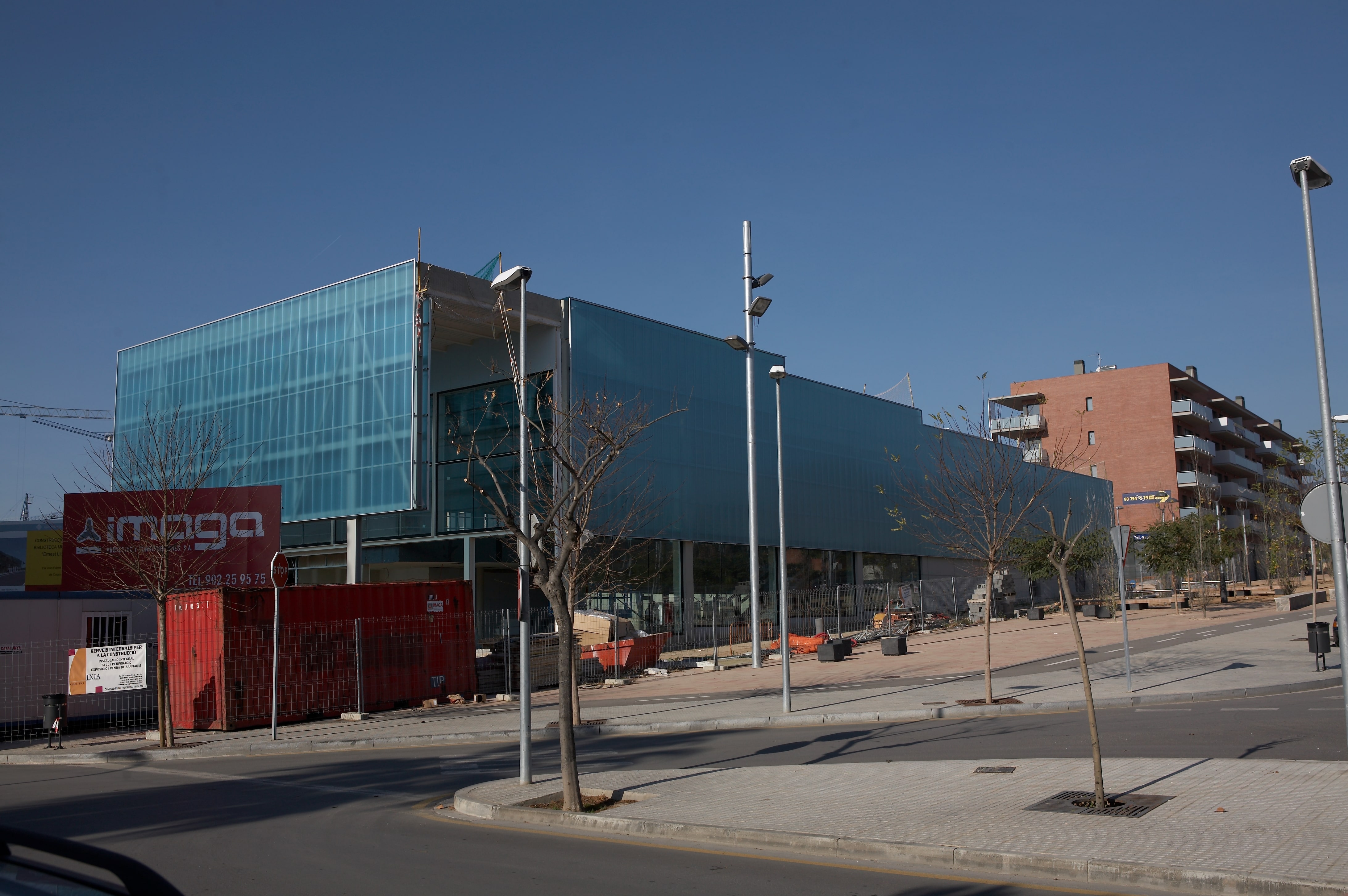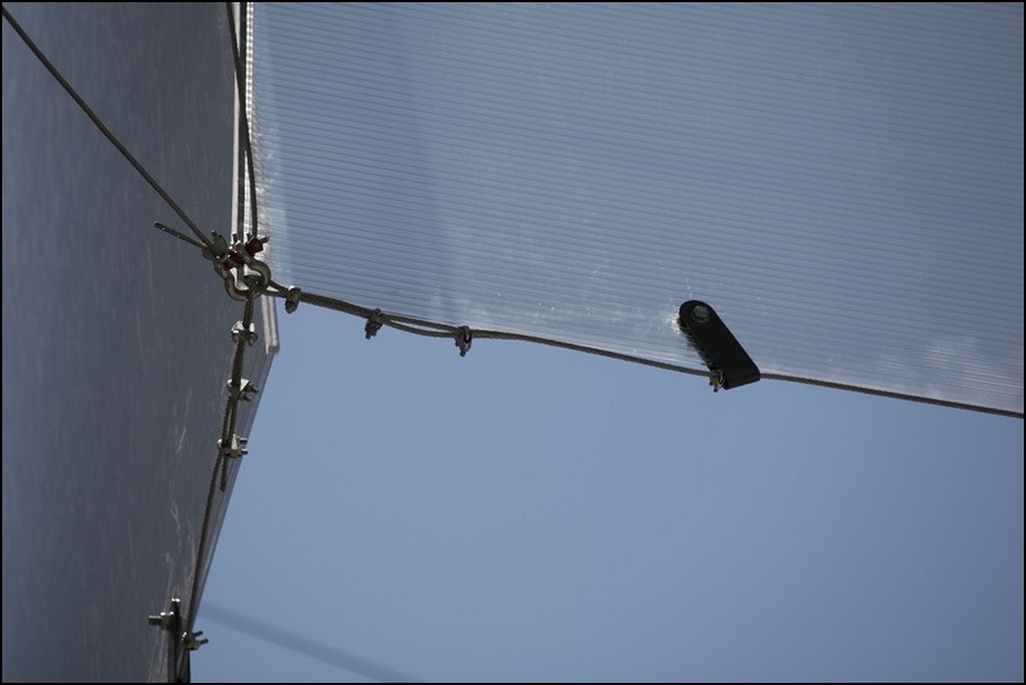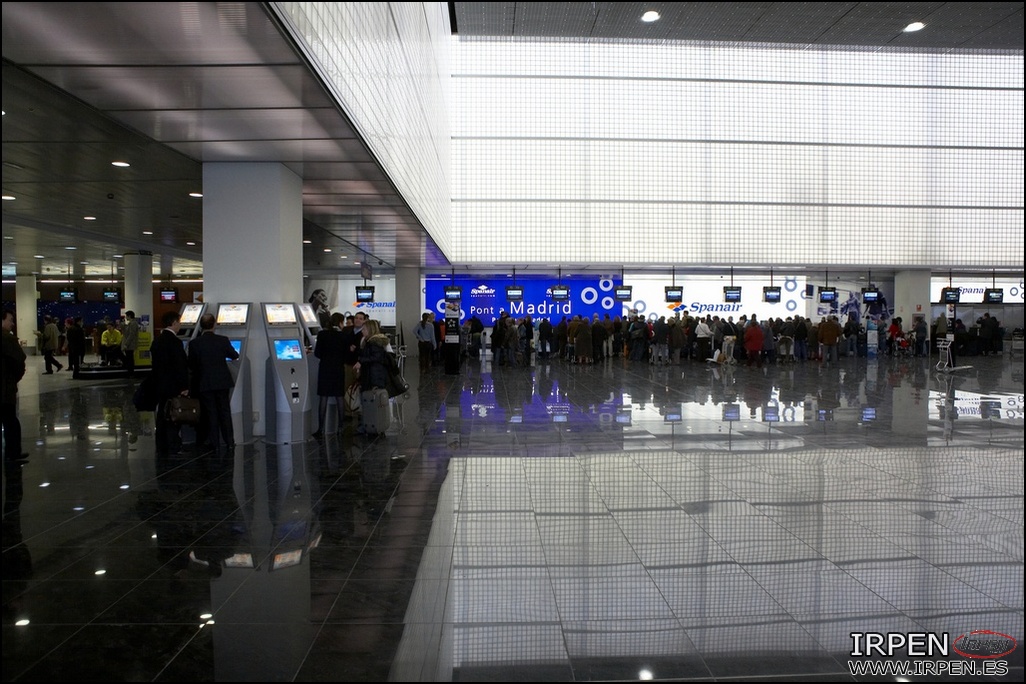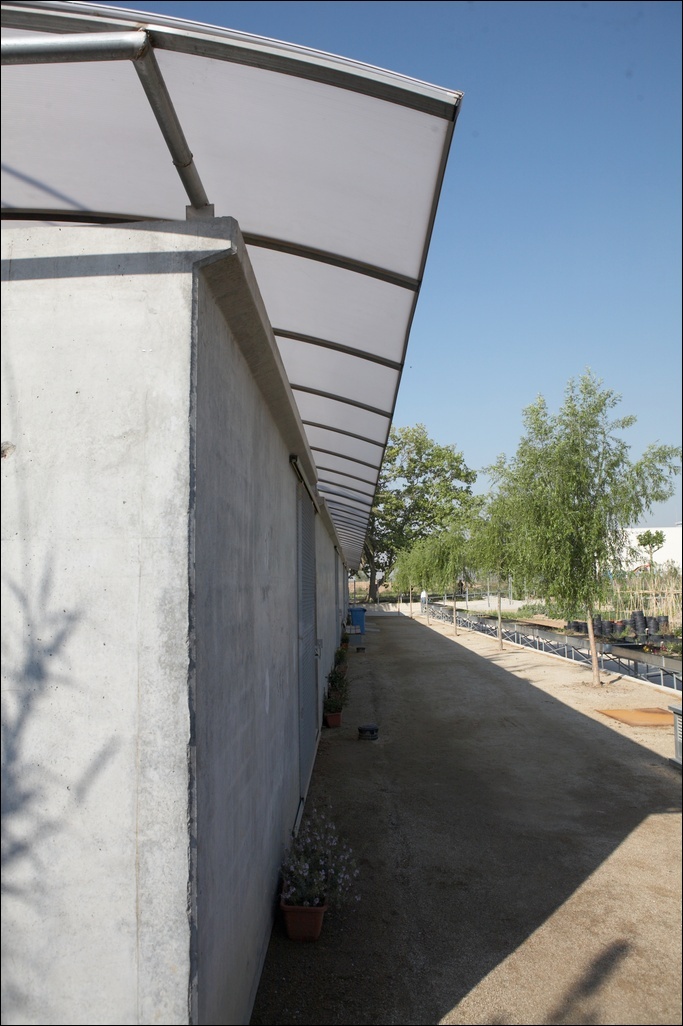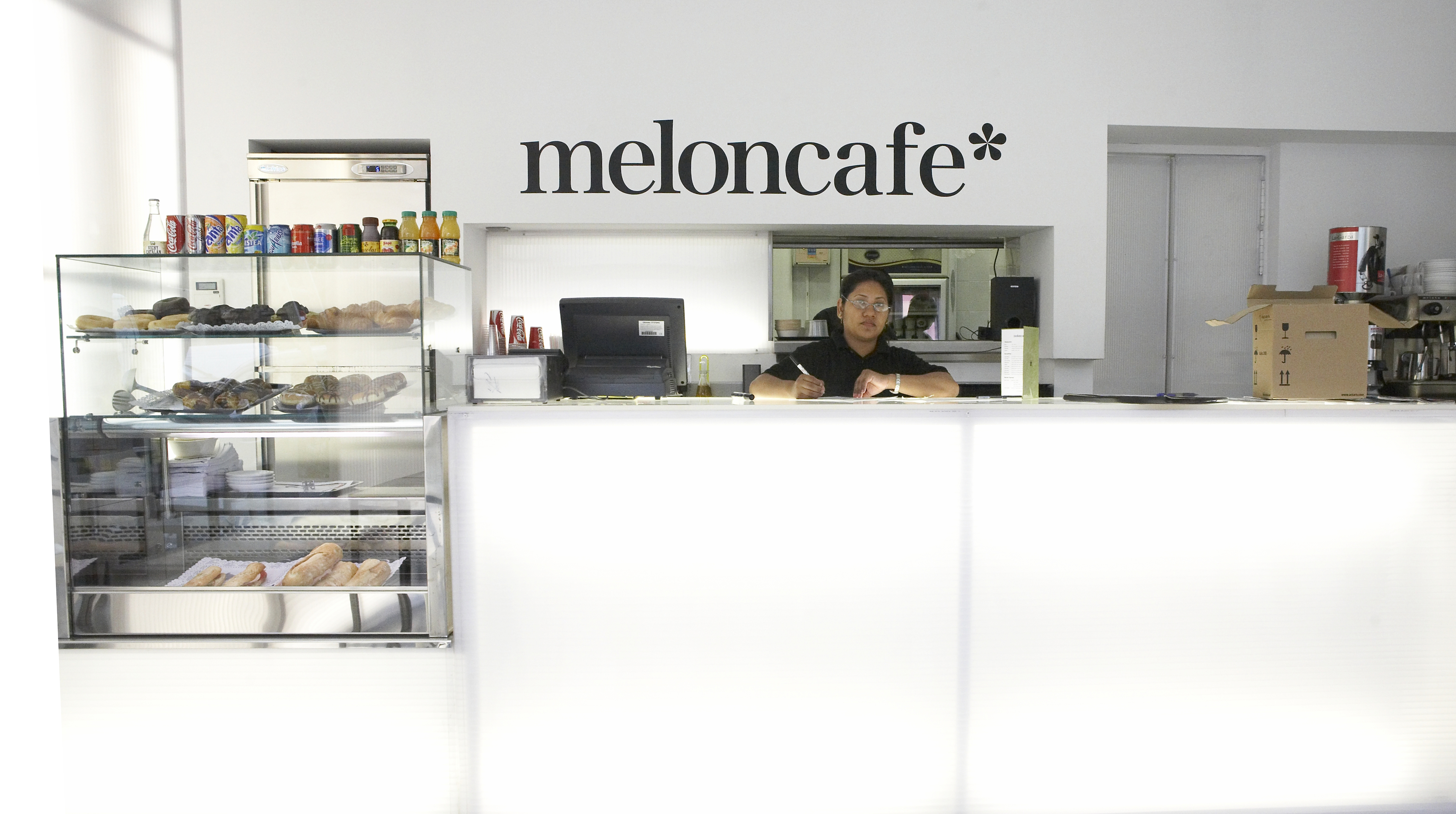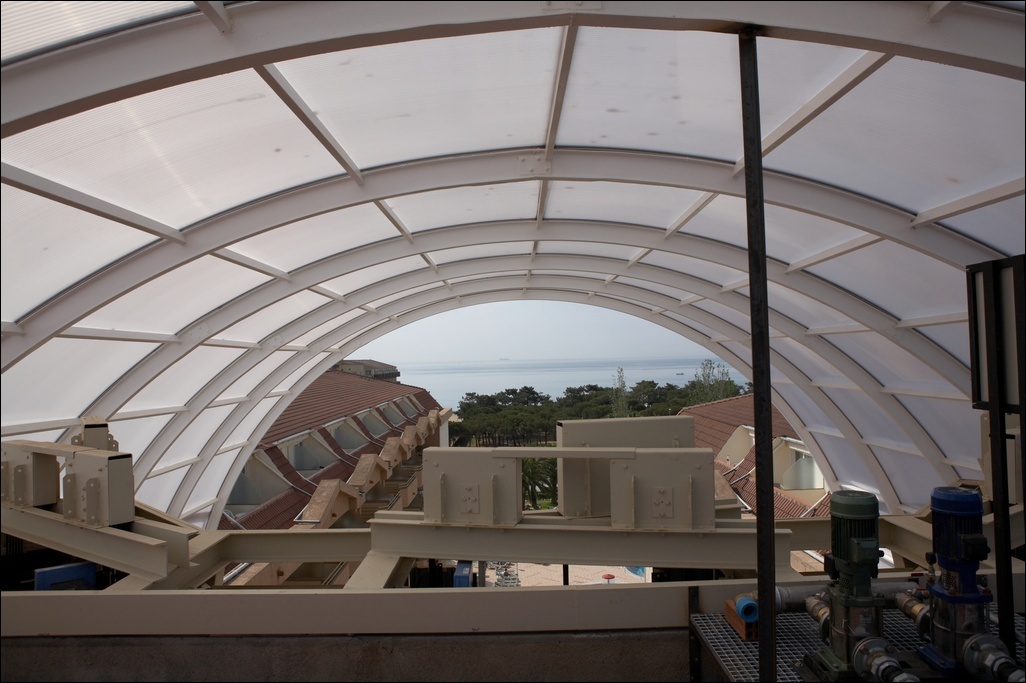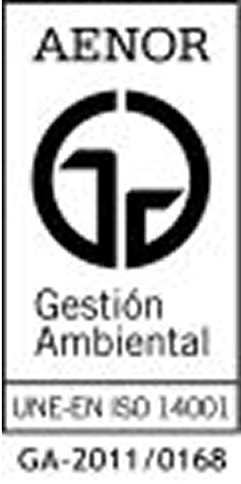Akyver - Multiwall Polycarbonate
KYDEX And ABS - Differences

Engineering plastics are those groups of plastic polymers that have improved mechanical, thermal and physical properties. Therefore, they are ideal for all types of engineering applications, replacing traditional materials with those that they exceed or equal in weight, hardness or other properties, while being much easier to manufacture, especially with complex shapes.
In this post, we are going to talk about two examples of engineering plastics, Kydex (thermoplastic copolymer composed of PVC and PMMA) and ABS, and the main differences that exist between the two.
While Kydex combines the properties of polyvinyl chloride and acrylic, resulting in a material that is rigid, deformable, tenacious and resistant to chemicals. ABS is a terpolymer that combines acrylonitrile, butadiene and styrene, producing a hard, tenacious material with good dimensional stability and with correct chemical resistance.
Tenacity
ABS is an amorphous material whose most characteristic property is its great toughness. It is capable of absorbing or accumulating part of the energy derived from impacts through deformations before reaching rupture under impact conditions, mainly due to the degree of cohesion between molecules, it is important to say that this property persists even when subjected to working temperatures of -40ºC. For its part, Kydex is also defined by a high level of toughness and resilience, resulting in a plate that can stretch at room temperature to twice its original dimension without breaking.
Impact resistance
The impact resistance of the PMMA+PVC thermoplastic compound (Kydex) is extremely high, surpassing even that of compact polycarbonate (resistance to shock with Izod notch up to 960 J/m). On the other hand, acrylonitrile butadiene styrene has a much lower impact behavior than Kydex, even though it behaves correctly. To increase the strength of this thermoplastic, the percentage of butadiene content in the compound must be increased. But as a result of this fact, its tensile strength and heat deformation temperature decrease.
On the other hand, in Kydex parts thermoformed by deep drawing, the thickness of the wall of the sheet is more uniform than in parts made with ABS or PC, the shaping is achieved with the pure stretching of the material, resulting in a piece with a more homogeneous thickness. Thanks to this, with Kydex we can choose a sheet of smaller thickness to be thermoformed depending on the final application.
Flammability
Kydex, defined by its excellent fire resistance, is therefore suitable for use both in aeronautics and railway transport, as an interior coating material, among other uses. Its main advantage compared to FR ABS is that its resistance and extensibility to impact are significantly higher, in addition to having a higher cost/performance ratio.
On the other hand, standard ABS is a flammable sheet, so to improve its behavior against fire, additives must be added to the chemical compound. Thanks to this, it improves its resistance and makes it an optimal material, this variety is called FR ABS. To avoid halogen-free formulations, the most commonly used additives are phosphorous, resulting in a flame retardant material that is self-extinguishing without dripping.
Moisture absorption and chemical resistance
Kydex is characterized by being a material with low moisture absorption, in fact, this sheet is characterized by being less hydroscopic than ABS or PC, which reduces or in certain cases eliminates the need to pre-dry the material before the thermoforming process.
On the other hand, Kydex is resistant to many chemicals, meeting the highest standards of chemical resistance for thermoplastic materials. It is defined as being more chemically resistant than ABS, HIPS or PC.
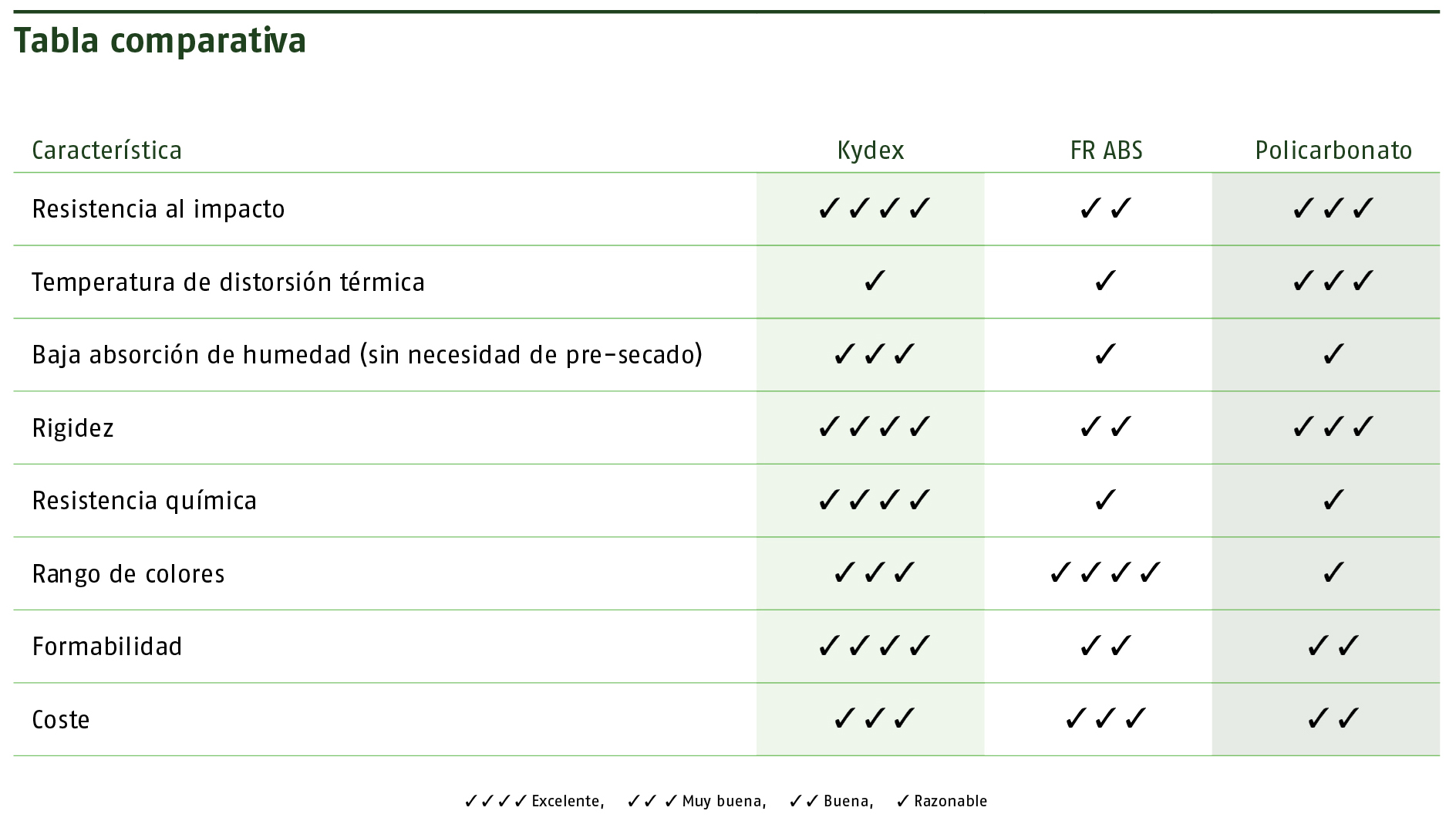
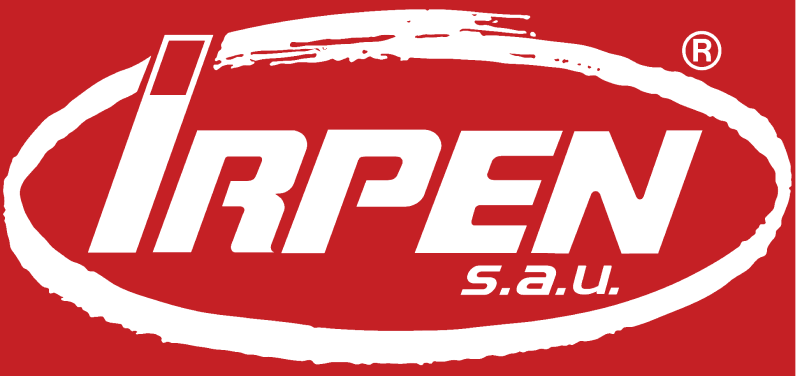







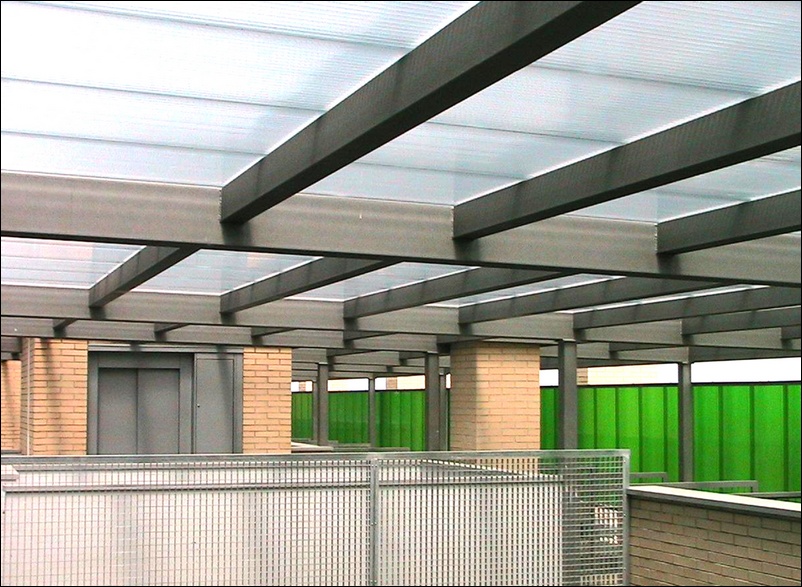


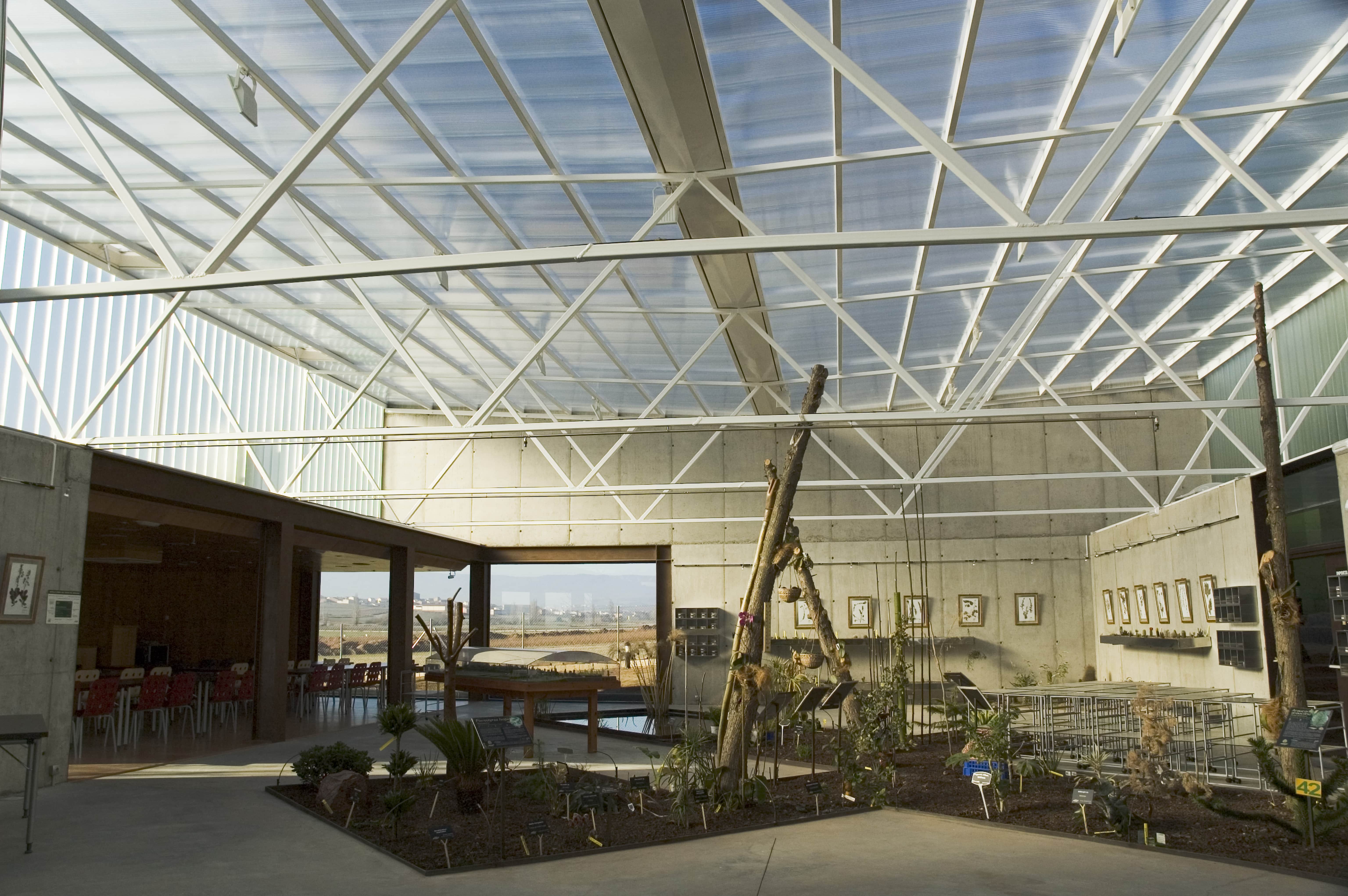
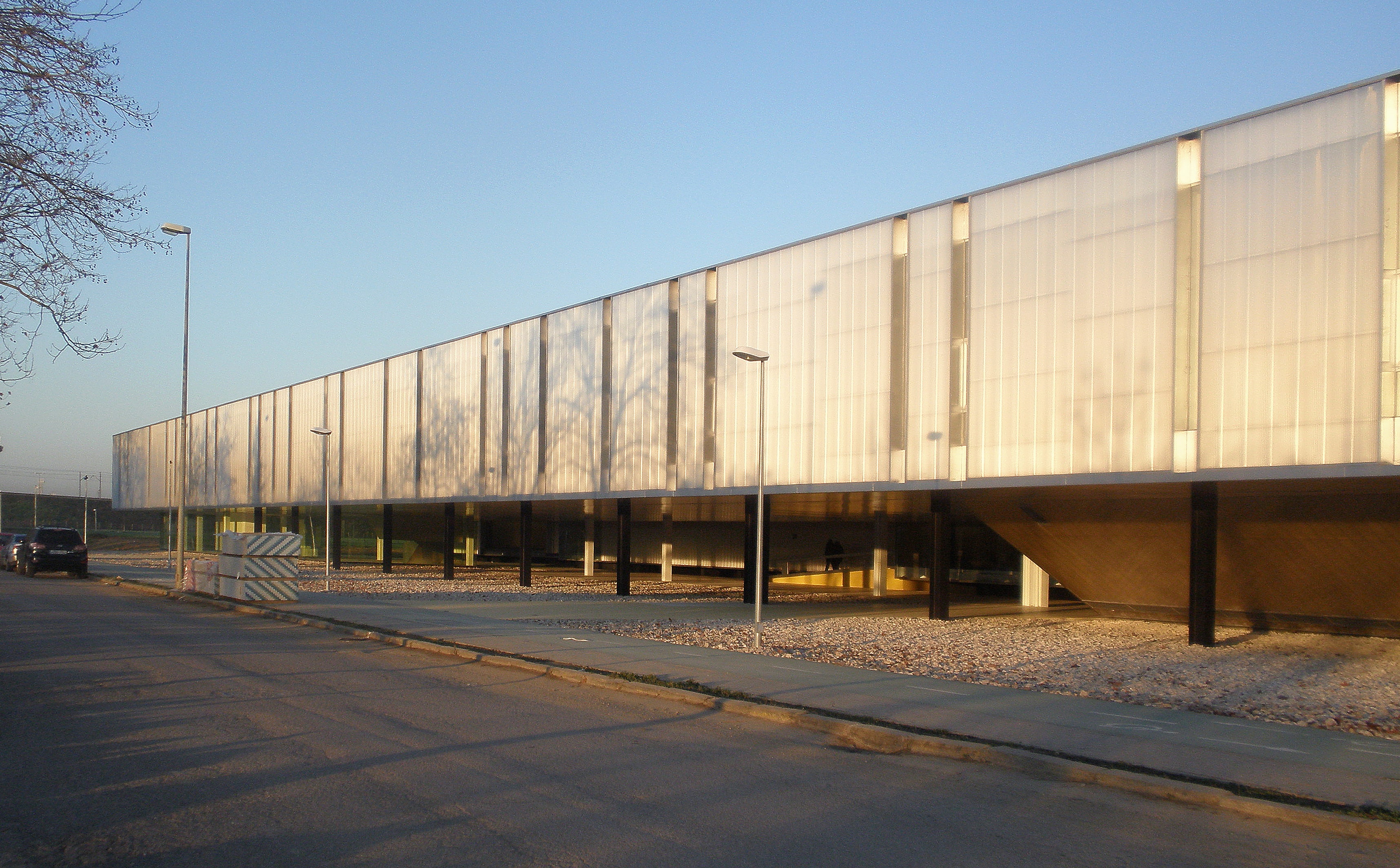
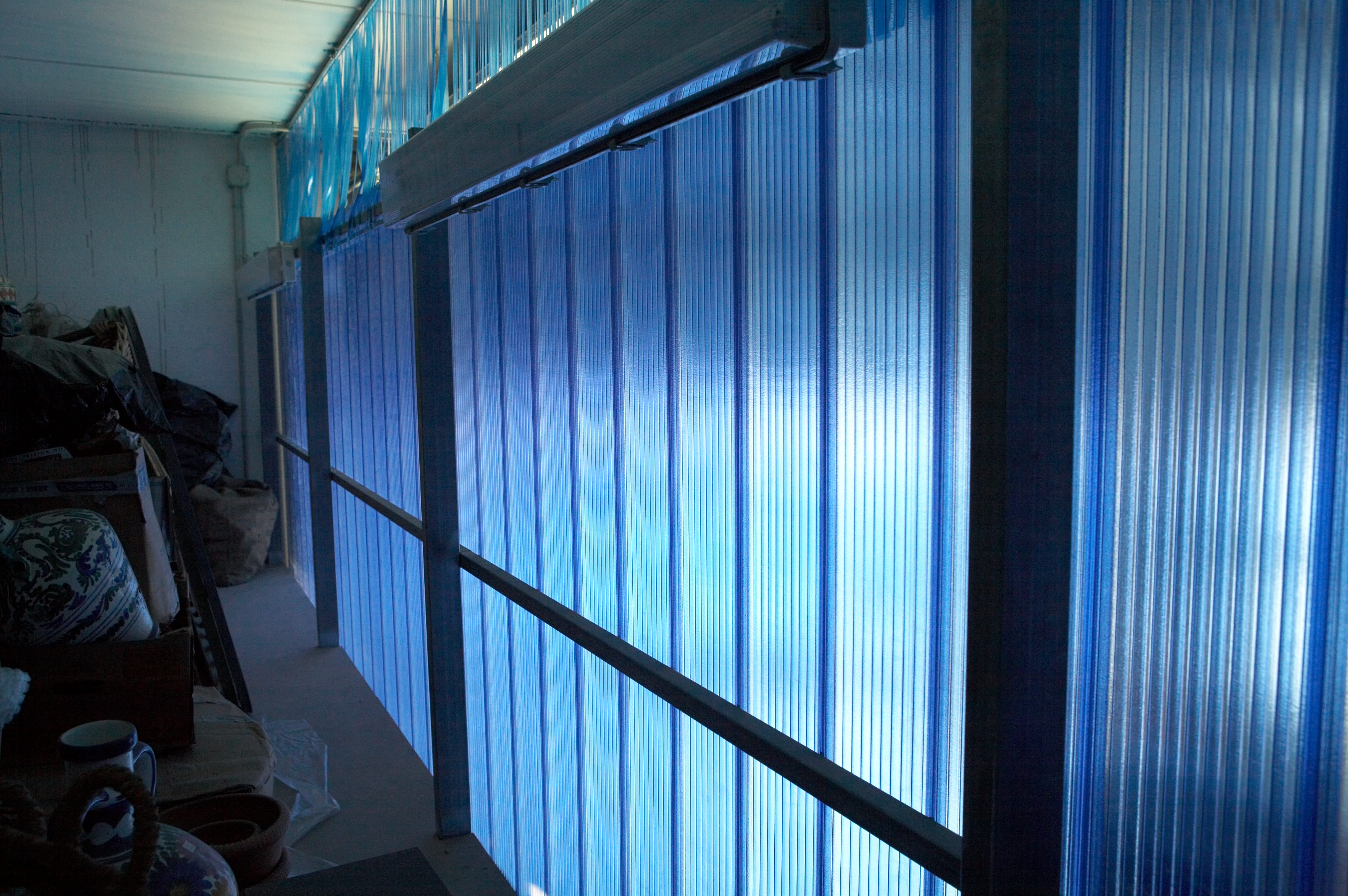

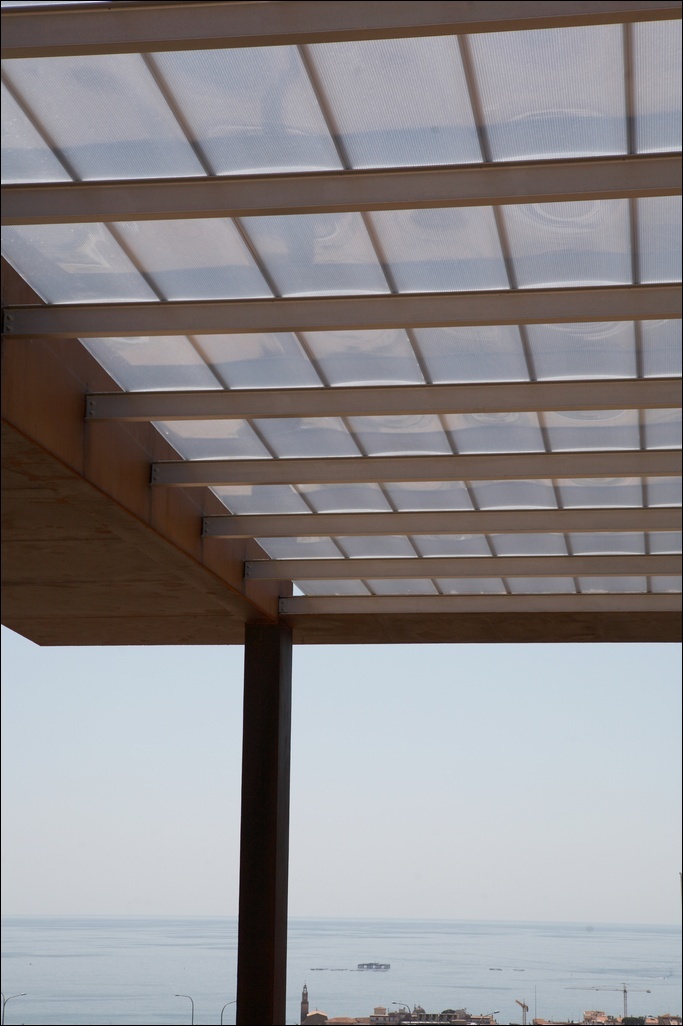
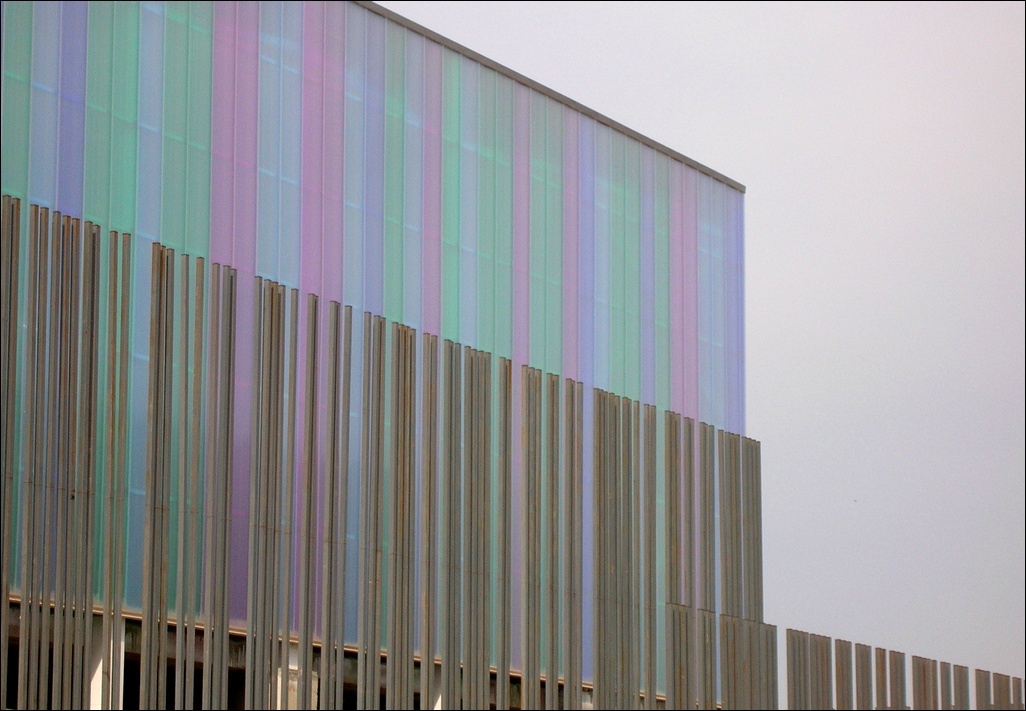
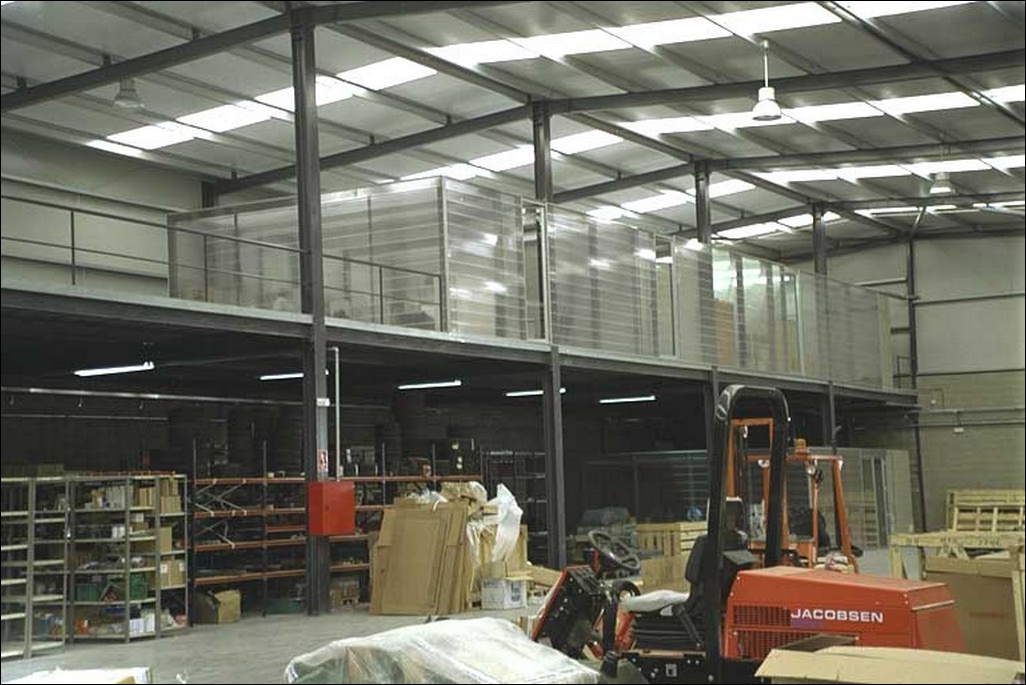
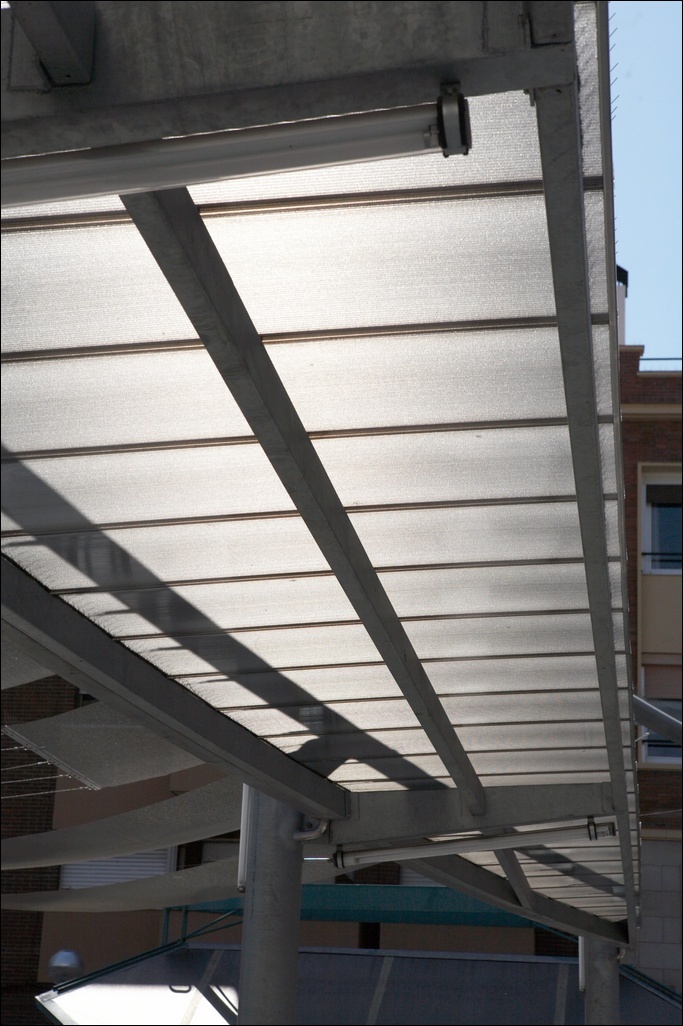
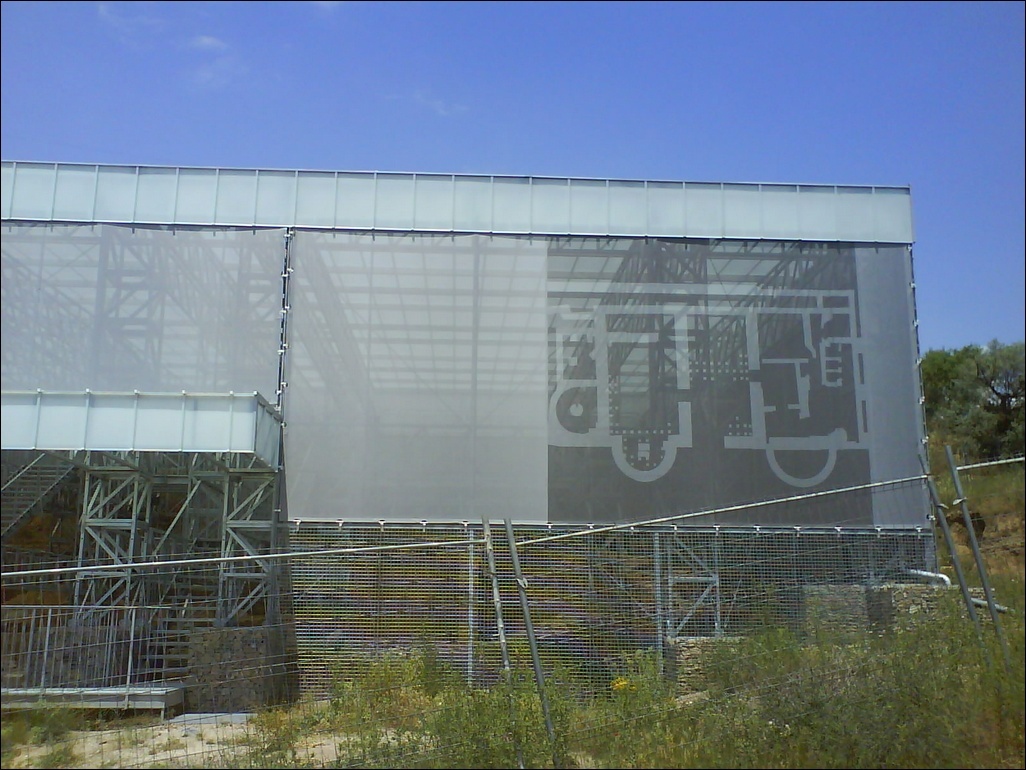


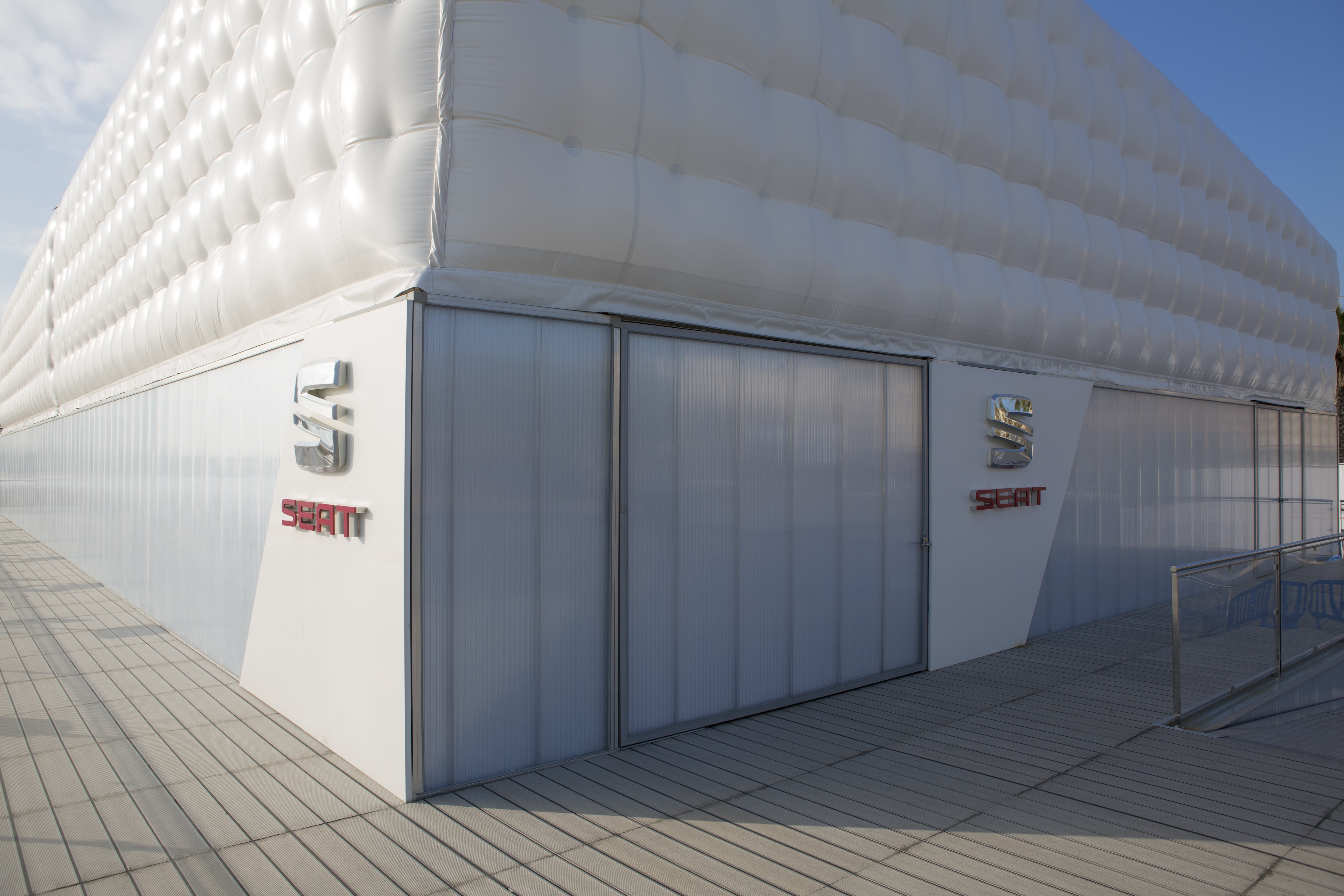
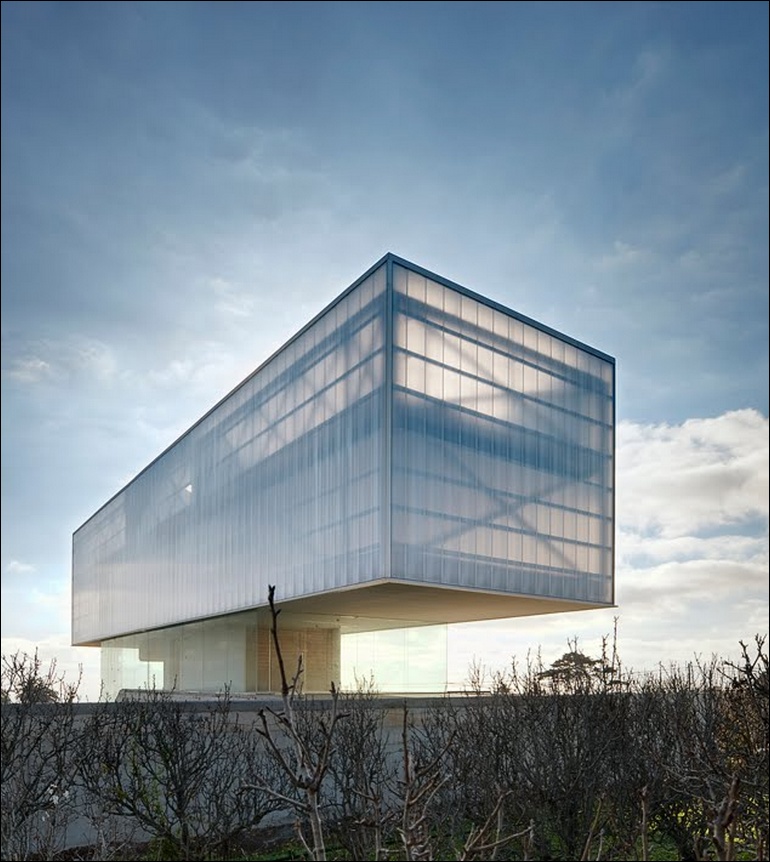


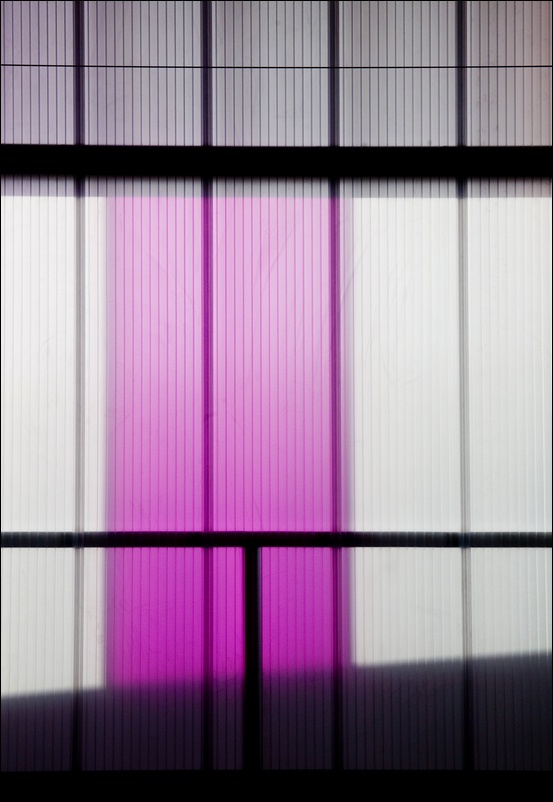
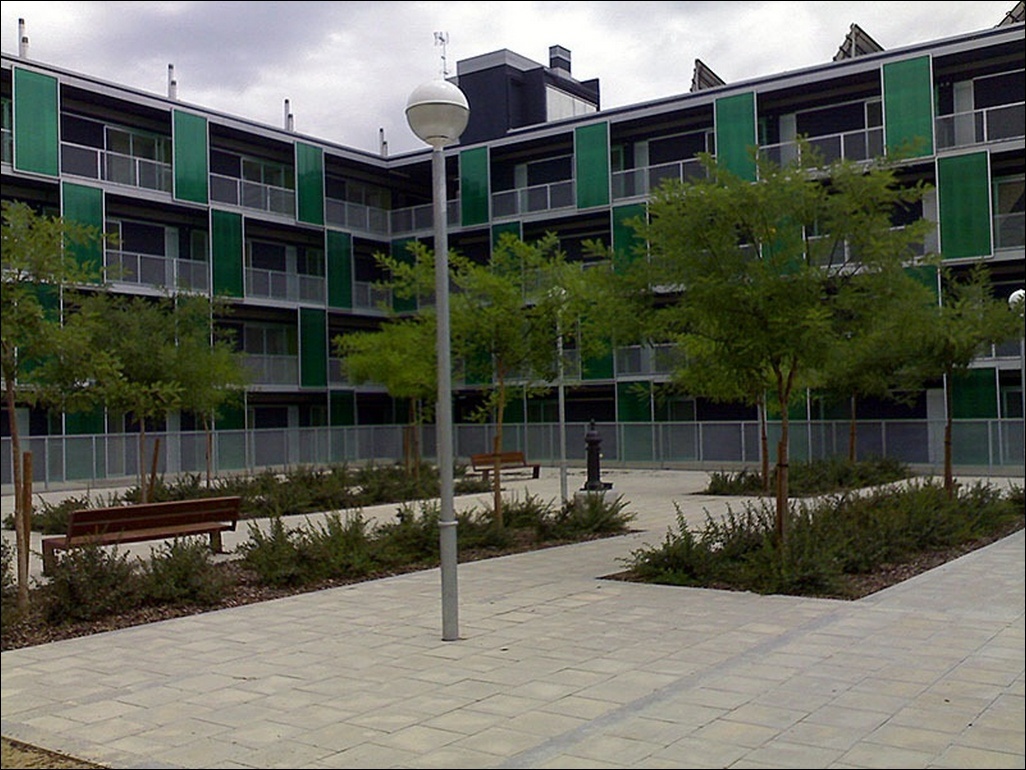

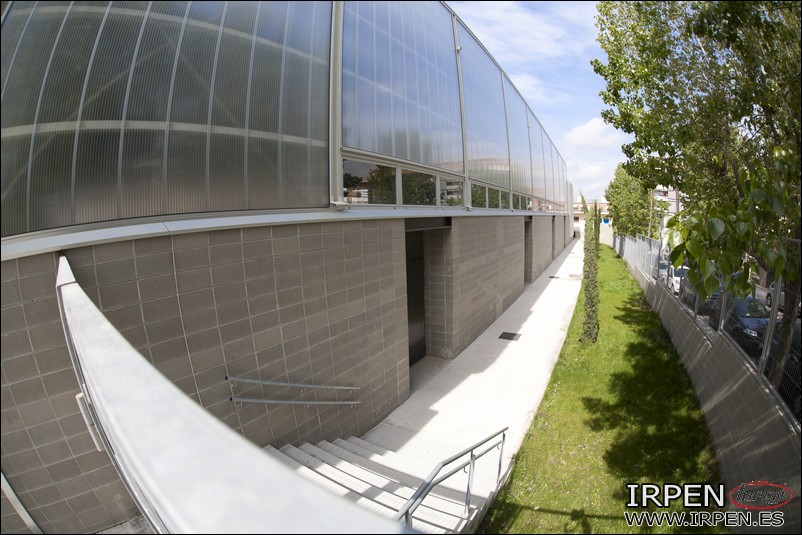

.jpg)
